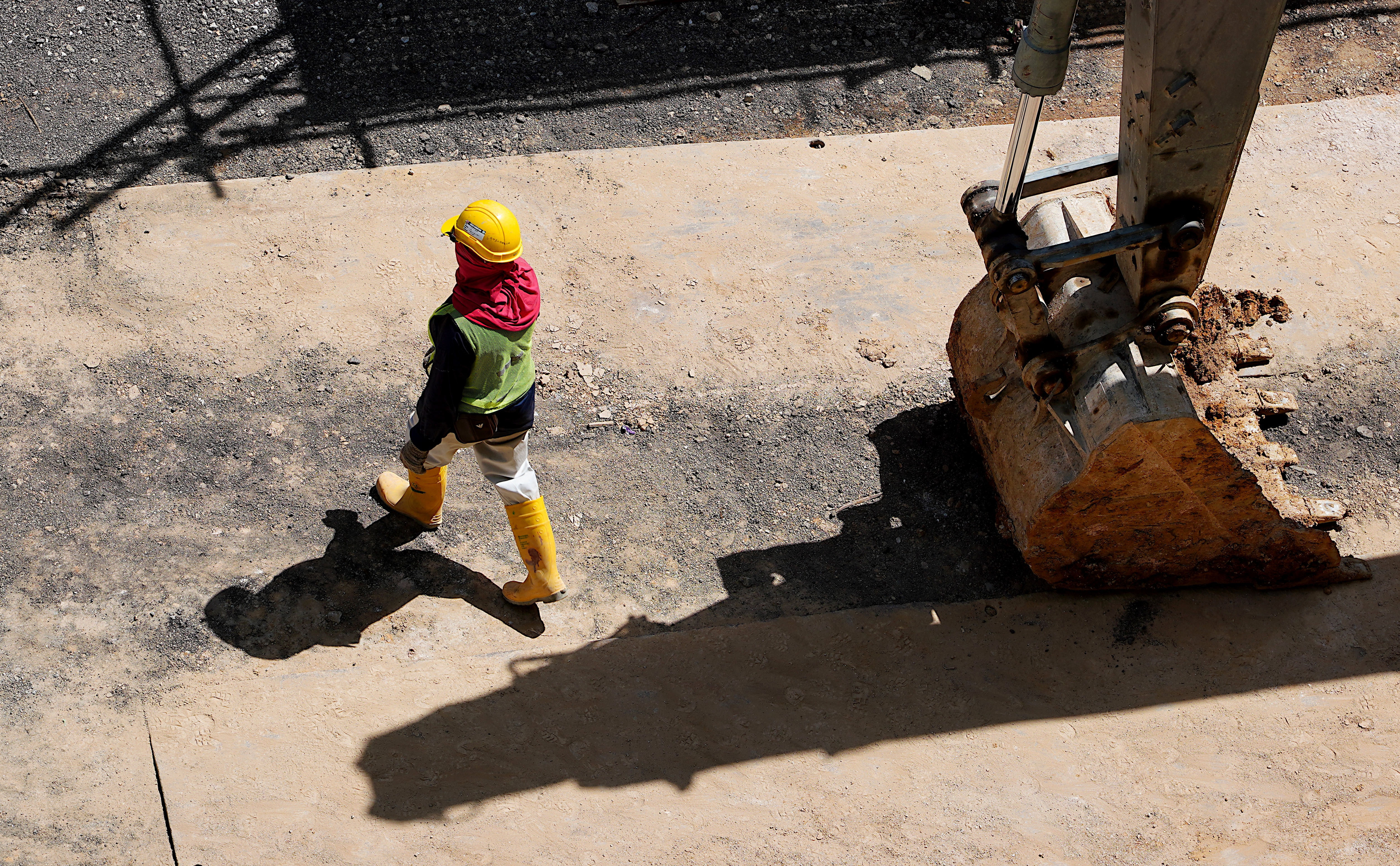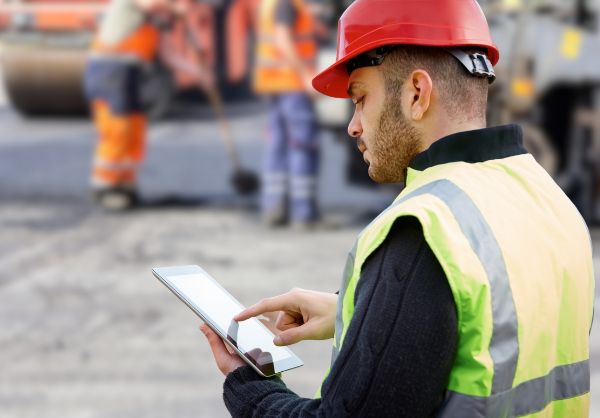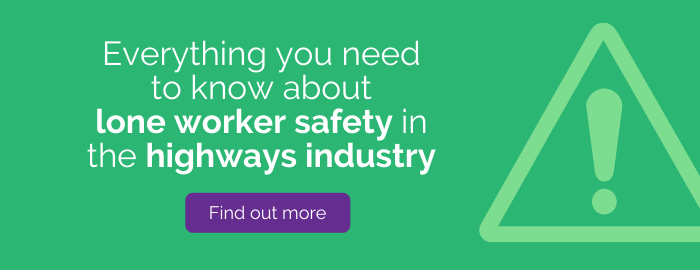How do you effectively protect a lone worker who is operating remotely and finds themselves injured or in a potentially hazardous situation?
It’s a major challenge faced by all mobile workforce managers who have to find reliable ways for employees to trigger alerts and identify their location if something goes wrong.
But you also need to do this in a way that avoids making employees feel overly ‘watched over’ or frustrated by having to carry out tedious admin check-ins and controls.

It’s a tricky balance to get right and something that the MyMobileWorkers lone worker feature is designed to deliver. Here’s a look.
What is a lone worker?
The Health and Safety Executive (HSE) defines a lone worker as somebody who works by themselves ‘without close or direct supervision'.
Read: What is a 'lone worker' and how to manage their safety.
There are estimated to be over eight million lone workers operating within the UK, representing around one-fifth (20%) of the British workforce.
.png?width=1250&name=Referral%20(3).png)
What does the law say about lone worker safety?
The Management of Health and Safety at Work Regulations requires employers to manage the risks to lone workers.
The two key requirements outlined by the HSE are:
- Training, supervision and monitoring
- Communications and incident alerts
The higher the risks, the more stringent these measures need to be.
So a manager needs to ensure that lone workers have the training and ability to safely operate solo. They also need to have ways to monitor what they’re doing and for alarms to be raised whenever required.
In the past, a variety of methods have been used to monitor lone workers from supervisor visits to scheduled check-in phone calls, texts and emails. Technology means there’s now a much wider ranger of solutions that use GPS tracking and automated checks.
What are the challenges with check-ins?
A check-in is the simplest way for a manager to know that a lone worker is safe. If the person is injured or incapacitated in some way, the lack of response allows for an alert to be raised.
But without an efficient way of doing this, checks-ins can become time-consuming and frustrating for the workers. Constant calls or communications with a manager can stifle productivity and breed resentment.
How does MyMobileWorkers handle lone worker safety?
The MyMobileWorkers app is designed to deliver all the security of real-time monitoring but without the hassle or frustration of constant calls or texts.
Read: How MyMobileWorkers improves lone worker safety

It has two ways to protect the safety of lone workers:
1. Scheduled check-ins
This allows a manager to set a period during which a mobile worker is required to check in. The frequency of these check-ins can be changed for different tasks.
The timer counts down with a reminder sent shortly before the check-in is required. All it takes is a tap on a button to check in. They also have the option to end the timer if they have finished their task.
If a worker fails to check-in, a notification email and SMS can be sent to relevant line managers and safety supervisors. This includes:
- Key contact details
- Last known GPS location
- Last known check-in time and date
2. Panic button
A remote worker can also instantly and discreetly send out an emergency alert using an on-screen panic button. When the button is activated, a confirmation check is made, before an emergency alert is sent out.
Summary: Finding the balance
The MyMobileWorkers system is designed to offer lone workers reliable protection without the frustrations or disruption of making them manually respond to check-ins. It helps to ensure their safety while allowing them to stay focused on their work.
Want to know if you're doing enough to keep your workers safe? Find out in our essential guide to road worker safety.


